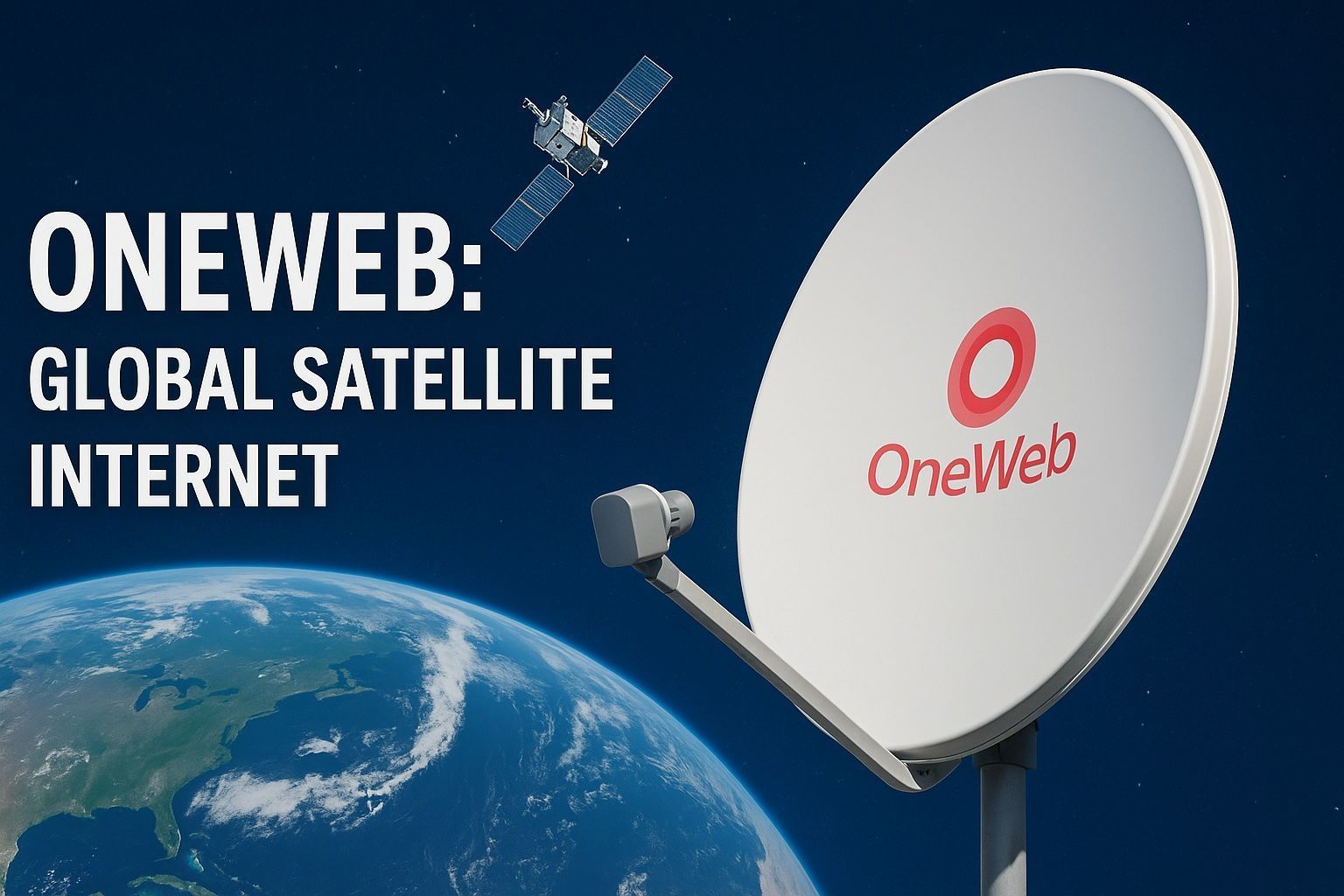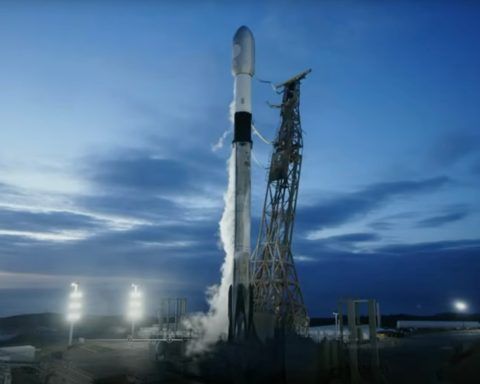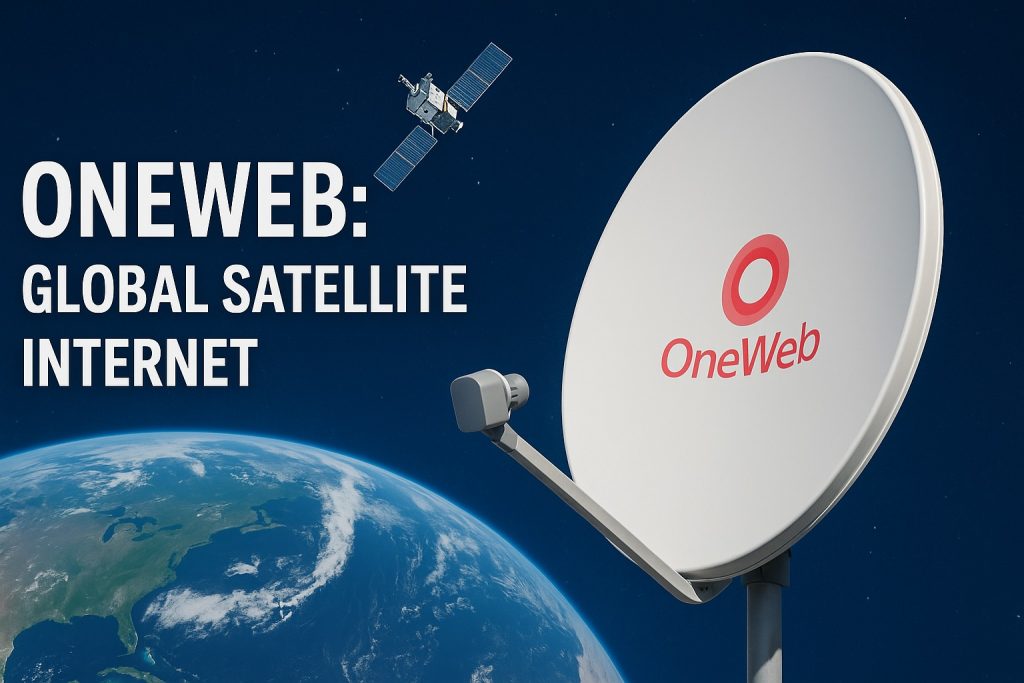Santrauka
OneWeb kuria pasaulinę palydovinę interneto konstelaciją siekiant užpildyti skaitmeninę atotrūkį jungdama plačiajuostį ryšį į atokias ir nepakankamai aptarnautas pasaulio vietas. Įkurta 2012 m., kompanija į orbitą paleido šimtus mažų, žemoje orbitoje (LEO) skrendančių palydovų, esančių maždaug 1,200 km aukštyje, kad padengtų Žemę [1] [2]. Skirtingai nuo SpaceX Starlink (kuris parduoda paslaugas tiesiogiai vartotojams), OneWeb „nuryjo“ skirtingą verslo modelį – sutelkė dėmesį į įmones, vyriausybes ir telekomunikacijų partnerius vieta į individualius vartotojus [3]. Remiami didelių investuotojų ir dabar susijungę su Europos Eutelsat, OneWeb įveikė bankroto ir logistikos iššūkius, kad iki 2023 m. užbaigtų pirmosios kartos konstelaciją [4] [5]. Šis pranešimas pateikia išsamią informaciją apie OneWeb palydovų technologiją, aprėptį, paslaugų planus, tikslinius vartotojus, dislokavimo grafiką, verslo modelį ir finansavimą. Jame taip pat palyginama OneWeb su kitais palydovinio plačiajuosčio ryšio dalyviais, tokiais kaip Starlink, SES O3b sistema ir būsimasis Amazon Project Kuiper, akcentuojant OneWeb unikalią poziciją ir iššūkius rinkoje.
Reikšmingos išvados:
References
1. en.wikipedia.org, 2. en.wikipedia.org, 3. en.wikipedia.org, 4. www.nasaspaceflight.com, 5. www.nasaspaceflight.com, 6. www.scientificamerican.com, 7. www.scientificamerican.com




